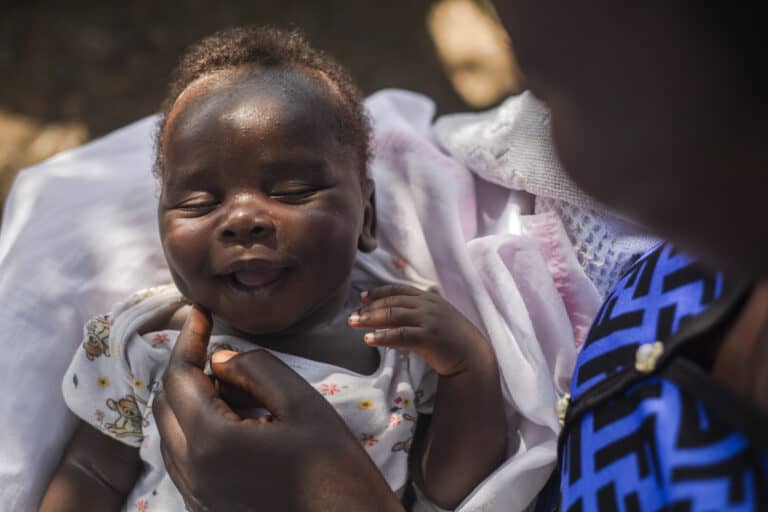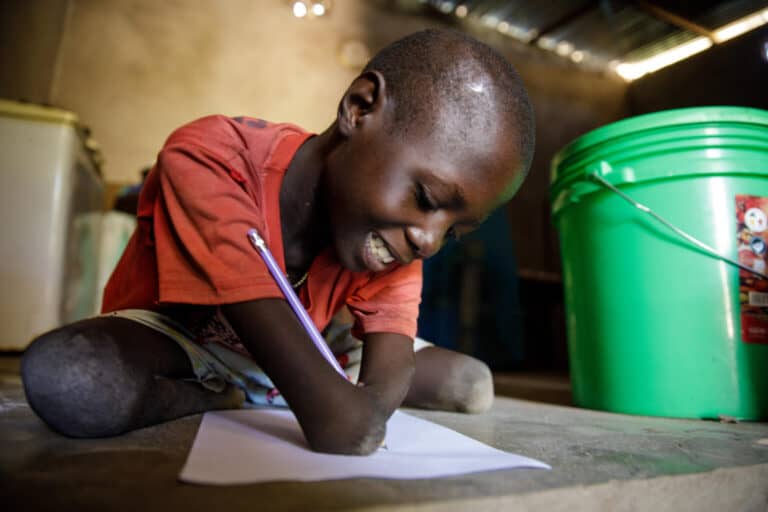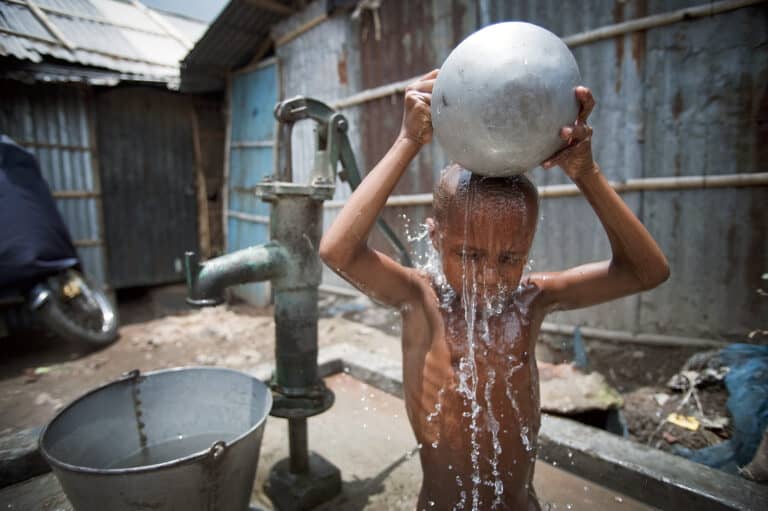Newly updated profiles on the state of early childhood development (ECD) will be available for nearly all countries this year, allowing for comparisons and the tracking of progress among countries, regions and globally. The profiles are an underutilized, high-quality resource that can be used strategically to prompt national advocacy and action to advance the ECD agenda.
The trajectory of every person’s life is influenced to a large degree by their early childhood. The first years of life are critical to children’s physical, psychological, cognitive and social development, and their experiences during these formative years have a direct effect – both positive and negative – on the adolescents and adults they will become.
The global community has acknowledged this window of opportunity and the potential that investing in ECD holds for enhancing human capital and reducing inequality. At the same time, prioritizing and committing to improving children’s developmental outcomes contributes to the achievement of the 2030 Sustainable Development Goals. The global measurement framework for the Sustainable Development Goals (SDGs) includes a dedicated target (target 4.2) that calls on countries to ensure that all girls and boys have access to quality early childhood development, care and pre-primary education by 2030 so that they are ready for primary school. The central role of ECD in ensuring sustainable development is also woven into the fabric of other SDG targets related to eradicating poverty and hunger, ensuring healthy lives, achieving gender equality and promoting economic growth.
If countries are to deliver on their promise to achieve the SDGs, they require access to reliable and timely data on a range of indicators with relevance for, and impact on, children’s development. Since early development is multisectoral, one challenge is identifying and compiling globally comparable data on relevant indicators that span diverse sectors, including health, nutrition, protection and education. In order to have a holistic picture of the state of ECD in a country, data from all these sectors are needed.
Nearing a global picture of ECD
As a first step in responding to this need, the Countdown to 2030 country profiles on early childhood development were created in 2018 and are available in five languages. The profiles provide a snapshot of the state of ECD in each of 197 countries, thereby establishing baselines against which progress towards the SDGs can be monitored in a standard and comparable way across countries, regions and the globe. The profiles are updated every two years by UNICEF and the Nurturing Care for Early Childhood Development Joint Technical Working Group, which is affiliated with the Countdown to 2030 for Women’s, Children’s and Adolescents’ Health. Updates of the profiles will be released in 2023, along with a regional brochure dedicated to monitoring ECD in Africa.
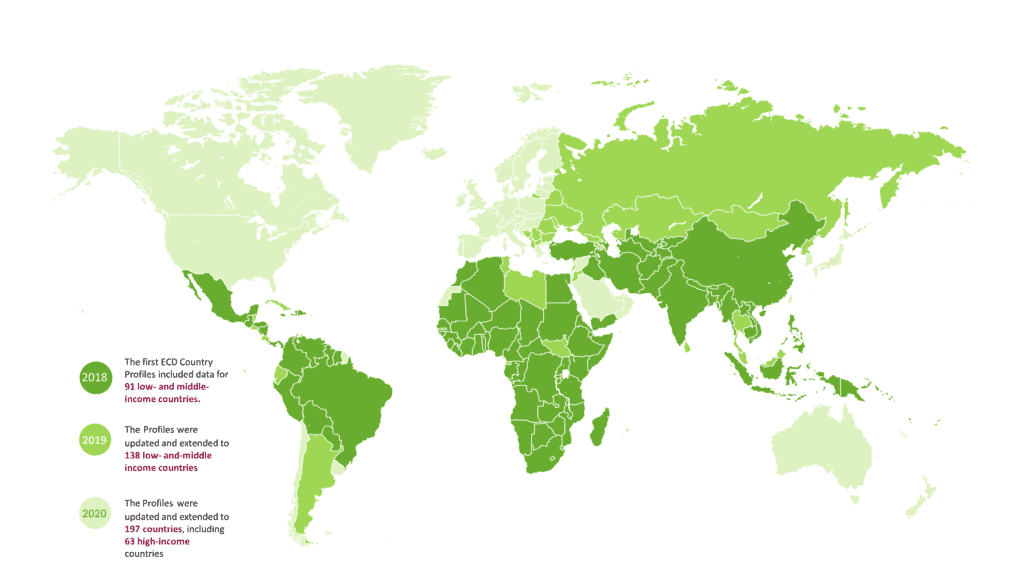
A tool for tracking progress and improving outcomes
Backed by decades of research and scientific evidence on what is required for optimal early development, the profiles present the latest available and comparable national data on 42 indicators across the five components of nurturing care: health, nutrition, early learning, responsive caregiving, and security and safety. Many of these indicators are routinely monitored as part of the SDGs. Data on all indicators are drawn from a variety of publicly available global databases that are maintained and regularly updated by UN agencies and other organizations.
The profiles also include data on important country demographics, threats to ECD such as stunting and child poverty, inequality among children at risk of poor development, children’s developmental status, and child functioning. In addition, each profile summarizes a country’s status on a number of social protection policies and international conventions that contribute to an enabling environment to support families and caregivers.
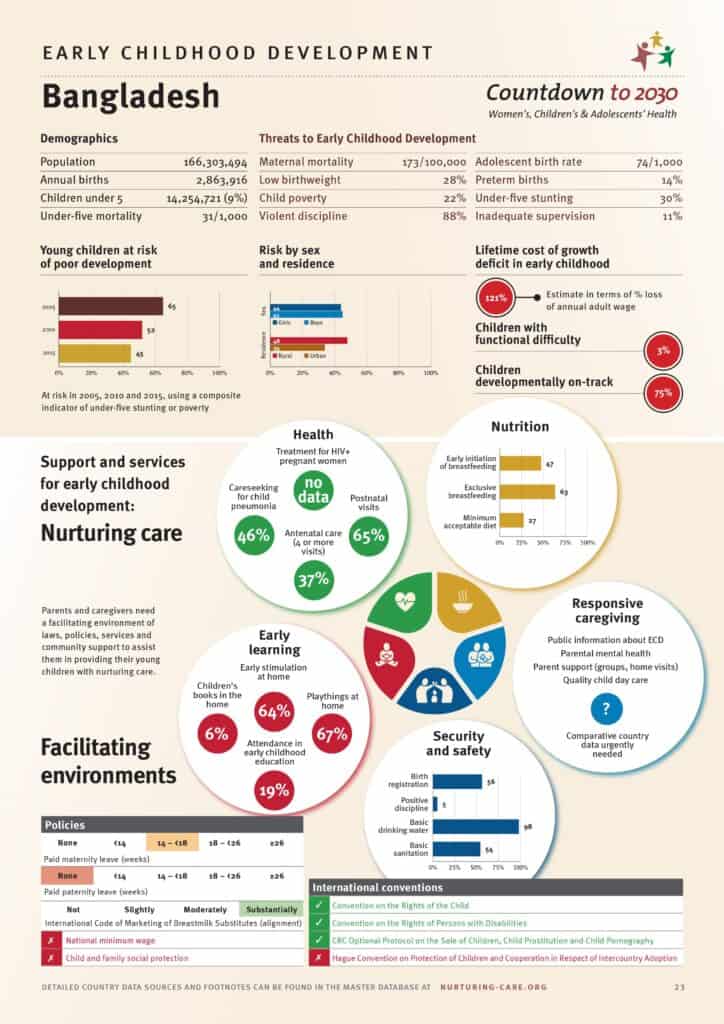
Key findings on how children are faring, based on data included in the 2021 country profiles, include the following:
– Nearly half of children under age 5 in low- and middle-income countries are at risk of not attaining their developmental potential due to stunting and extreme poverty
– In nearly half of countries with data, less than three quarters of children aged 36-59 months are developmentally on track
– Attendance in early childhood programmes is below 50 per cent in two thirds of countries with data
– Less than half of young children in one third of countries with data receive the benefits of regular early stimulation at home
In practically all countries with data, less than three quarters of children under age 5 have access to at least three books at home.
There is no doubt that progress is being made to enhance the early development of children. Nevertheless, the stark reality revealed by these statistics shows how much more effort is required to ensure all children, everywhere, have access to the quality home environment and services they need for a good start in life, reinforced by a supportive policy environment.
Accelerating action
When strategically used, the Countdown to 2030 country profiles can catalyse national advocacy and action to advance the ECD agenda. Their usefulness can be enriched through the collection of comparable data in areas critical to healthy early development. This will require investment in regular data collection at the country level – including through household surveys – to fill data gaps, which is especially important with regards to the youngest children and to measuring services to improve nurturing care.
Still, the potential of the profiles has not yet been fully realized, due in part to a lack of awareness about their availability and how to use them effectively. More efforts are needed to maximize their use and to augment existing data through accelerated action on the collection, use and dissemination of ECD data. With less than a decade to go to the 2030 finish line, there is no time to lose.
The authors thank Lois Jensen and Mahwish Humayun for editorial support.

